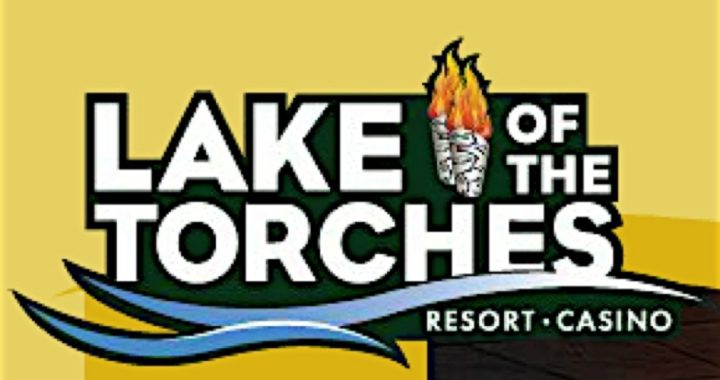
Last week the U.S. Department of Housing and Urban Development (HUD) announced its giveaway of taxpayer monies — calling them “competitive grants” — in the amount of $56 million to “tribal communities” around the country, saying that the funds will be used to “develop viable communities including rehabilitating housing or building new homes or to purchase land to support new housing construction.”
HUD added that this free taxpayer money:
can also be used [by the tribes] to build infrastructure such as roads, water and sewer facilities…
[The tribes may] use the grants to establish commercial, industrial and agricultural projects … including shopping centers, manufacturing plants, restaurants or convenience stores and gas stations.
In Wisconsin four separate grants, $600,000 each, were given to the Ho-Chunk Nation, the Lac du Flambeau Band of Lake Superior Chippewa Indians, the Saint Croix Tribe of Chippewa Indians, and the Oneida Tribe of Indians. Each tribe had to compete to get a place at the federal trough, coming up with various ways to spend the free money headed their way. These “competitive” grants were then given to the tribes that dreamed up the most outrageous ways of spending the money.
For instance, the Ho-Chunk Nation is going to buy and install solar panels on low-income houses and apartments in its Sandpillow Village in order to “decrease resident energy costs,” by an estimated $30 a month. This will also, according to the Ho-Chunks, result in a “decrease in emissions load” due to the energy savings. If nothing, the Ho-Chunks have learned the “green-speak” language in its winning bid.
Not to be outdone, the Saint Croix Tribe is going to use the free money to “address” housing issues, assuring HUD that the funds will provide affordable, safe, energy efficient (of course) and sustainable (naturally) housing to 22 families. Combined with funds “leveraged” from other government entities, the total approaches $1 million, or about $44,000 per unit of free housing to those families. It’s probably unnecessary to say so, but the free money is coming from taxpayers who, it is assumed, are paying for their own homes and apartments and then in addition are forced, through their taxes, to pay for those “free” homes and apartments for the indians.
The Oneida Tribe is going to use their free money to “provide infrastructure” of water, sewer and roads to assist with the construction of 40 housing units on its reservation.
Best of all, the Lac du Flambeau Band is going to spend its free money on building their own “Indian Bowl Living Arts and Culture Center,” which will, according to their winning proposal, support “cultural preservation and education.” The 10,649 square foot building will include a museum, and an art gallery along with “training and conference space” to be used, presumably, by tribal officials to apply for other grants of free money from HUD.
What makes this redistribution of other people’s money even more outrageous is that the tribes can well afford such improvements all by themselves, using profits from their casinos. There are over 400 casinos and bingo halls in the United States owned and operated by 240 indian tribes, and by all accounts, they are doing very well.
As recently as 2007, tribal gaming was a $25 billion industry, with net profits estimated to be $12 billion going directly to the tribes.
A ten-year-old study of the casino business of the four Wisconsin tribes receiving the grants estimated that the Ho-Chunks generate at least $160 million in profits every year, while Oneida enjoy $125 million annually, the Saint Croix receive $55 million from their gaming operations every year, with the Lac du Flambeau tribe bringing up the rear with a paltry $30 million in net annual profits from their gaming casinos.
The question has to be asked then: aside from the blatant immorality of taking funds by force through the present U.S. tax system from those who earned it and giving it away to fund frivolous projects for those who didn’t, why on earth can’t these tribes build their own houses and apartment buildings and sewers and roads and art galleries and museums and cultural centers and other “infrastructure” with their own funds? They don’t pay taxes on those earnings — they’re “sovereign nations” according to the Supreme Court — so they certainly could afford to do so.



